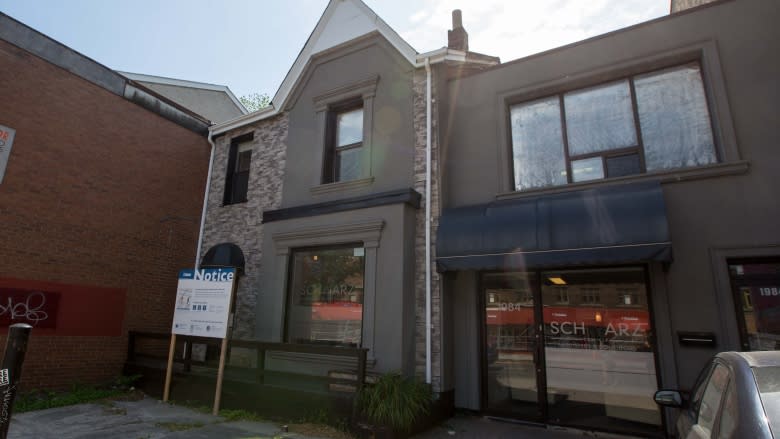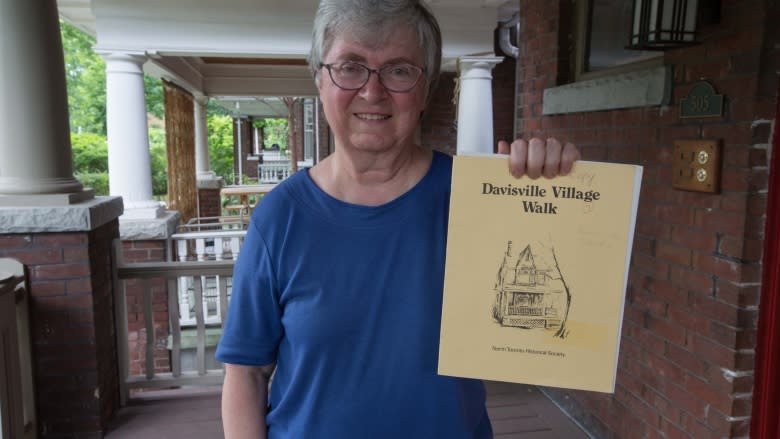Lester Pearson's former home to make way for 8-storey development
The childhood home of one of Canada's most celebrated prime ministers will soon be demolished to make way for an eight-story development in midtown Toronto.
In a report to be presented at Thursday's meeting of the Toronto Preservation Board, staff say although the house at 1984 Yonge St., just north of Davisville Avenue, was Lester B. Pearson's home for the first three years of his life, the building shouldn't be included in the city's Heritage Register.
"Does it actually still embody what gives it significance as a building?" Tamara Anson-Cartwright, program manager for the city's heritage preservation services, said Monday. "It's been altered too much over time.
"It's just too far gone."
Being included on the city's Heritage Register would protect it from demolition or extensive renovation.
Local residents groups, history buffs and Coun. Josh Matlow, who represents the area, are not fighting the recommendation that the building be left off the register.
But they are insisting that some form of commemoration of the former prime minster's life, and his time in midtown Toronto be included in the new development.
Pearson was prime minister from 1963 to 1968. As a diplomat in 1956, he helped pave the way to a settlement of the Suez crisis, which earned him the Nobel Peace Prize the following year. He's seen as one of the fathers of United Nations peacekeeping.
His father was minister of the Davisville Methodist Church from 1897, when Pearson was about a month old, until 1900, and the nearby home at 1984 Yonge St. was the church's manse.
"The issue with this house is that it's been largely unknown, except for locals," said Lynda Moon, president of the North Toronto Historical Association. "I'd like to make the history known in terms of a proper panel or plaque that would bring it back to life again."
Matlow also said he'll be insisting on "some appropriate commemoration" at the site.
The property owner is planning an eight-storey building, to include retail outlets on the ground floor and offices on the second. The remainder of the building would be devoted to residential units.
Pearson died in 1972.




